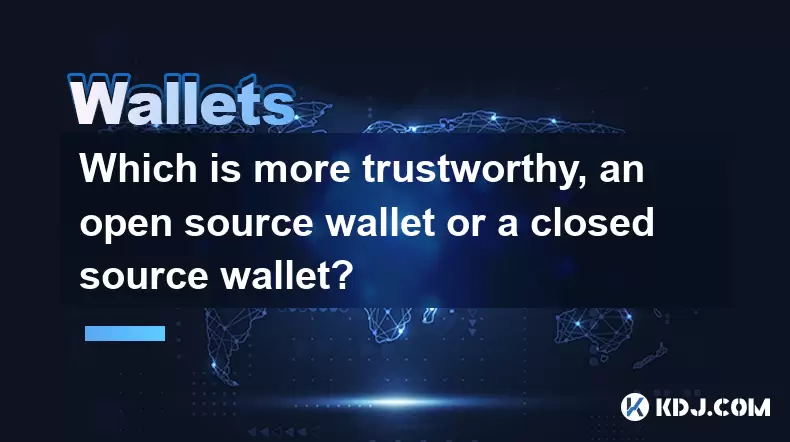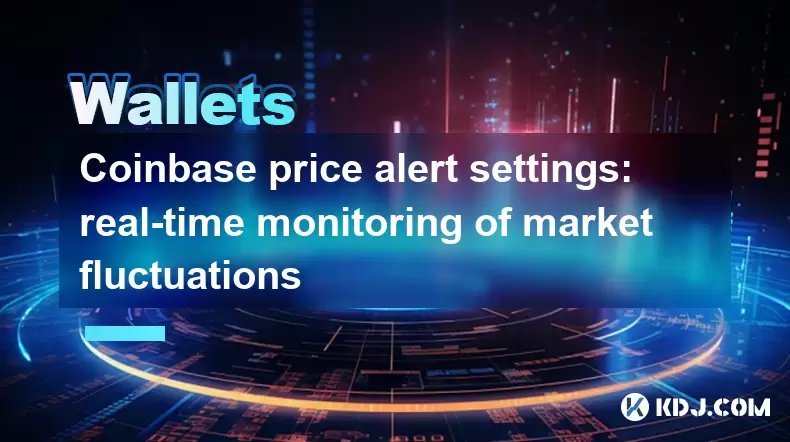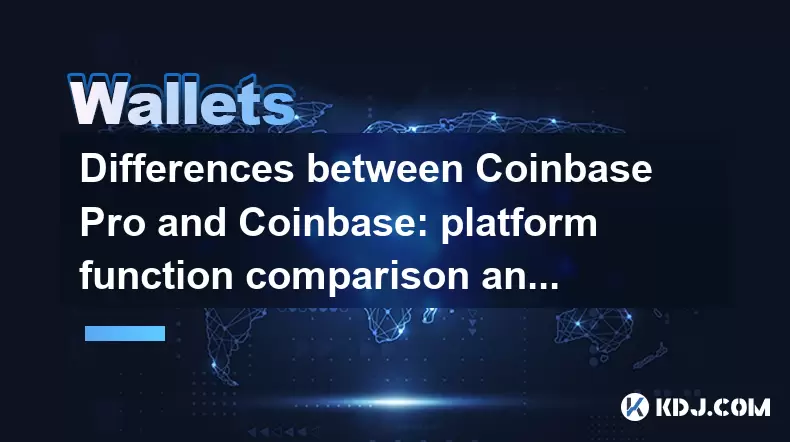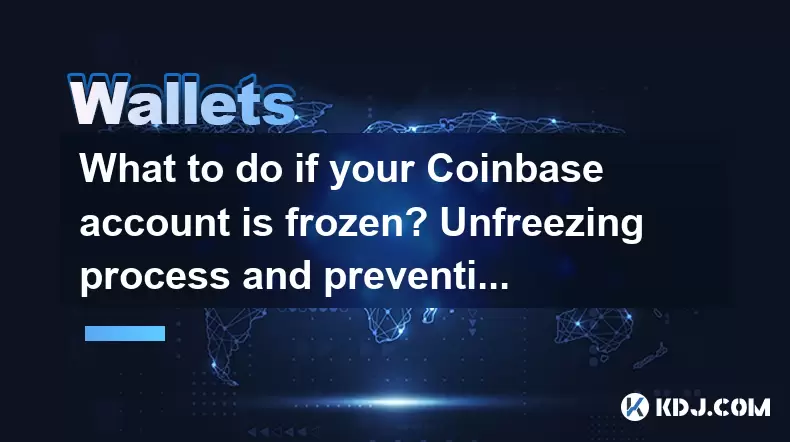-
 Bitcoin
Bitcoin $108,489.6704
1.13% -
 Ethereum
Ethereum $2,502.0528
2.92% -
 Tether USDt
Tether USDt $1.0002
0.00% -
 XRP
XRP $2.1941
0.51% -
 BNB
BNB $655.3375
1.00% -
 Solana
Solana $151.5977
1.27% -
 USDC
USDC $0.9999
0.00% -
 TRON
TRON $0.2768
0.32% -
 Dogecoin
Dogecoin $0.1676
2.86% -
 Cardano
Cardano $0.5675
0.98% -
 Hyperliquid
Hyperliquid $40.6109
7.48% -
 Bitcoin Cash
Bitcoin Cash $500.7746
2.09% -
 Sui
Sui $2.8328
2.03% -
 Chainlink
Chainlink $13.4452
1.26% -
 UNUS SED LEO
UNUS SED LEO $9.1623
0.39% -
 Avalanche
Avalanche $18.2267
2.24% -
 Stellar
Stellar $0.2382
0.00% -
 Toncoin
Toncoin $2.8885
1.68% -
 Shiba Inu
Shiba Inu $0.0...01159
0.91% -
 Litecoin
Litecoin $87.1827
0.88% -
 Hedera
Hedera $0.1511
2.90% -
 Monero
Monero $315.4992
-0.59% -
 Polkadot
Polkadot $3.4663
2.34% -
 Bitget Token
Bitget Token $4.6118
-0.65% -
 Dai
Dai $1.0000
-0.01% -
 Ethena USDe
Ethena USDe $1.0003
0.02% -
 Uniswap
Uniswap $7.2989
4.69% -
 Pepe
Pepe $0.0...01003
5.73% -
 Aave
Aave $275.5616
7.15% -
 Pi
Pi $0.5181
-2.49%
Which is more trustworthy, an open source wallet or a closed source wallet?
Open source wallets offer transparency and community-driven security, while closed source wallets rely on company reputation and may lack independent verification.
Jun 30, 2025 at 10:14 am

Understanding the Difference Between Open Source and Closed Source Wallets
When evaluating cryptocurrency wallets, one of the key considerations is whether the wallet is open source or closed source. An open source wallet means that its codebase is publicly accessible, allowing anyone to inspect, audit, and verify how it functions. In contrast, a closed source wallet keeps its code private, limiting transparency and access to only the developers or company behind it.
This distinction plays a crucial role in determining the level of trust users can place in a wallet. For instance, with an open source wallet, security experts can scrutinize the code for vulnerabilities, backdoors, or malicious behavior. This public scrutiny often leads to more robust and secure software over time.
Transparency and Security Considerations
One of the primary advantages of an open source wallet lies in its transparency. Since the code is available for review, users can ensure that there are no hidden features or exploitable flaws. Developers within the community can also contribute patches or improvements, which enhances the overall reliability and longevity of the wallet.
On the other hand, closed source wallets rely heavily on the reputation and track record of the organization behind them. While some closed source wallets are developed by well-established companies with strong security practices, their lack of public code access makes independent verification impossible. This opacity can be a red flag for privacy-conscious users or those who prefer full control over their digital assets.
User Experience and Support Structures
In terms of user experience, closed source wallets often provide a more polished interface and dedicated customer support. These wallets are usually backed by commercial entities that invest in design, usability testing, and technical assistance. For novice users unfamiliar with blockchain technology, this can make a significant difference in ease of use and confidence.
Conversely, open source wallets may not always offer the same level of polish or intuitive design. However, many have matured significantly over the years and now rival their proprietary counterparts in functionality and aesthetics. Community forums and GitHub repositories typically serve as support channels, though they may not offer real-time help like paid services.
Trust Through Community and Development Activity
The strength of an open source wallet lies in its community-driven development model. Active repositories with frequent updates, responsive maintainers, and a large number of contributors signal a healthy and trustworthy project. Users can monitor commit histories, issue trackers, and discussions to gauge the wallet's stability and responsiveness to emerging threats.
For closed source wallets, trust must be placed in the company’s internal processes and third-party audits. Some providers commission external security firms to evaluate their products, which helps build credibility. However, without continuous visibility into the codebase, users remain reliant on the assurances provided by the wallet issuer.
Control Over Private Keys and Data Handling Practices
A critical aspect of any wallet is how it handles private keys and user data. Both open source and closed source wallets can be non-custodial, meaning users retain full control of their private keys. However, in open source wallets, the mechanism for handling keys can be independently verified, ensuring that no unexpected data leaks or centralized storage occurs.
With closed source wallets, while the provider may claim non-custodial status, there is no way to confirm this without code inspection. Additionally, some closed source wallets may collect analytics or usage data, raising concerns about user privacy unless explicitly disclosed and opt-in.
Common Misconceptions and Real-World Examples
It’s important to dispel certain misconceptions around open and closed source wallets. Not all open source wallets are inherently secure, nor are all closed source ones unsafe. The quality depends on factors such as development practices, frequency of updates, and response to reported issues.
Examples of widely used open source wallets include Electrum for Bitcoin and MyEtherWallet for Ethereum. These platforms have been audited multiple times by the community and continue to evolve based on user feedback and security research.
Popular closed source wallets include Trust Wallet (now partially open) and hardware wallets like Ledger Live. These wallets benefit from professional development teams, but their closed nature limits the ability of external parties to assess potential risks thoroughly.
Frequently Asked Questions
1. Can I switch from a closed source wallet to an open source one easily?
Yes, most open source wallets support importing private keys or recovery phrases from other wallets. Ensure compatibility with your specific cryptocurrency before initiating the transfer.
2. Are open source wallets slower or less efficient than closed source ones?
Not necessarily. Performance largely depends on implementation and optimization rather than the openness of the source code. Many open source wallets are highly optimized and perform similarly to proprietary alternatives.
3. How do I verify the authenticity of an open source wallet?
Always download from official repositories or verified sources. Check for cryptographic signatures, review contributor activity, and cross-reference announcements on trusted community channels.
4. Do closed source wallets ever release their code publicly?
Some companies choose to open parts of their codebase or transition fully to open source over time. However, this varies by project and should be confirmed through official communications from the wallet provider.
Disclaimer:info@kdj.com
The information provided is not trading advice. kdj.com does not assume any responsibility for any investments made based on the information provided in this article. Cryptocurrencies are highly volatile and it is highly recommended that you invest with caution after thorough research!
If you believe that the content used on this website infringes your copyright, please contact us immediately (info@kdj.com) and we will delete it promptly.
- Ripple, Stablecoin, Adoption: RLUSD Leading the Charge
- 2025-06-30 14:30:12
- Bitcoin ETF, IBIT, and the Bull Flag: Is $144,000 on the Horizon?
- 2025-06-30 14:50:12
- Bitcoin, Passive Income, and a Bull Raise: Riding the Crypto Wave
- 2025-06-30 14:30:12
- Bitcoin, Personal Loans, and Omega 88: A New Era in Lending?
- 2025-06-30 15:09:14
- Saylor's Strategy: How MicroStrategy's Bitcoin Bet is Reshaping Finance
- 2025-06-30 14:52:14
- Metaplanet's Bitcoin Blitz: From Zero to Hero in the Corporate Treasury Race
- 2025-06-30 15:10:54
Related knowledge

Coinbase price alert settings: real-time monitoring of market fluctuations
Jun 29,2025 at 07:00am
Setting Up Coinbase Price AlertsTo begin real-time monitoring of market fluctuations on Coinbase, users can utilize the built-in price alert feature. This function allows you to receive notifications when a cryptocurrency reaches a specific price point. To access this setting, open the Coinbase app or log in via the web platform. Navigate to the 'Prices...

How to stake cryptocurrencies on Coinbase? Benefits and risks
Jun 27,2025 at 06:36pm
Understanding Cryptocurrency Staking on CoinbaseStaking cryptocurrencies involves locking up digital assets to support the operations of a blockchain network, typically in return for rewards. Coinbase, one of the most popular cryptocurrency exchanges globally, offers staking services for several proof-of-stake (PoS) coins. Users can stake their holdings...

Differences between Coinbase Pro and Coinbase: platform function comparison and analysis
Jun 29,2025 at 08:21am
Overview of Coinbase and Coinbase ProWhen exploring the cryptocurrency trading landscape, users often encounter two platforms under the same parent company: Coinbase and Coinbase Pro. While both are operated by the same organization, they cater to different types of users and offer varying features. Coinbase is primarily designed for beginners and casua...

What to do if your Coinbase account is frozen? Unfreezing process and preventive measures
Jun 30,2025 at 03:49am
Understanding Why Your Coinbase Account Might Be FrozenIf your Coinbase account is frozen, it typically indicates that the platform has detected suspicious activity or potential violations of its terms of service. This could be due to a variety of reasons such as unusual login attempts, high-risk transactions, or incomplete verification steps. Coinbase ...

How to contact Coinbase customer service? Support channels and response times
Jun 28,2025 at 01:29pm
Contacting Coinbase Customer Service: Support Channels and Response TimesIf you're a user of Coinbase, reaching their customer service team may become necessary for various reasons, such as account verification issues, transaction disputes, or technical difficulties. Understanding the different support channels available and what to expect in terms of r...

Coinbase advanced trading function usage tutorial: limit orders and market orders
Jun 28,2025 at 09:07pm
Understanding the Difference Between Limit Orders and Market OrdersWhen using Coinbase's advanced trading features, it is crucial to understand the fundamental difference between limit orders and market orders. A market order executes immediately at the best available price on the market. This type of order ensures that your trade goes through quickly, ...

Coinbase price alert settings: real-time monitoring of market fluctuations
Jun 29,2025 at 07:00am
Setting Up Coinbase Price AlertsTo begin real-time monitoring of market fluctuations on Coinbase, users can utilize the built-in price alert feature. This function allows you to receive notifications when a cryptocurrency reaches a specific price point. To access this setting, open the Coinbase app or log in via the web platform. Navigate to the 'Prices...

How to stake cryptocurrencies on Coinbase? Benefits and risks
Jun 27,2025 at 06:36pm
Understanding Cryptocurrency Staking on CoinbaseStaking cryptocurrencies involves locking up digital assets to support the operations of a blockchain network, typically in return for rewards. Coinbase, one of the most popular cryptocurrency exchanges globally, offers staking services for several proof-of-stake (PoS) coins. Users can stake their holdings...

Differences between Coinbase Pro and Coinbase: platform function comparison and analysis
Jun 29,2025 at 08:21am
Overview of Coinbase and Coinbase ProWhen exploring the cryptocurrency trading landscape, users often encounter two platforms under the same parent company: Coinbase and Coinbase Pro. While both are operated by the same organization, they cater to different types of users and offer varying features. Coinbase is primarily designed for beginners and casua...

What to do if your Coinbase account is frozen? Unfreezing process and preventive measures
Jun 30,2025 at 03:49am
Understanding Why Your Coinbase Account Might Be FrozenIf your Coinbase account is frozen, it typically indicates that the platform has detected suspicious activity or potential violations of its terms of service. This could be due to a variety of reasons such as unusual login attempts, high-risk transactions, or incomplete verification steps. Coinbase ...

How to contact Coinbase customer service? Support channels and response times
Jun 28,2025 at 01:29pm
Contacting Coinbase Customer Service: Support Channels and Response TimesIf you're a user of Coinbase, reaching their customer service team may become necessary for various reasons, such as account verification issues, transaction disputes, or technical difficulties. Understanding the different support channels available and what to expect in terms of r...

Coinbase advanced trading function usage tutorial: limit orders and market orders
Jun 28,2025 at 09:07pm
Understanding the Difference Between Limit Orders and Market OrdersWhen using Coinbase's advanced trading features, it is crucial to understand the fundamental difference between limit orders and market orders. A market order executes immediately at the best available price on the market. This type of order ensures that your trade goes through quickly, ...
See all articles

























































































